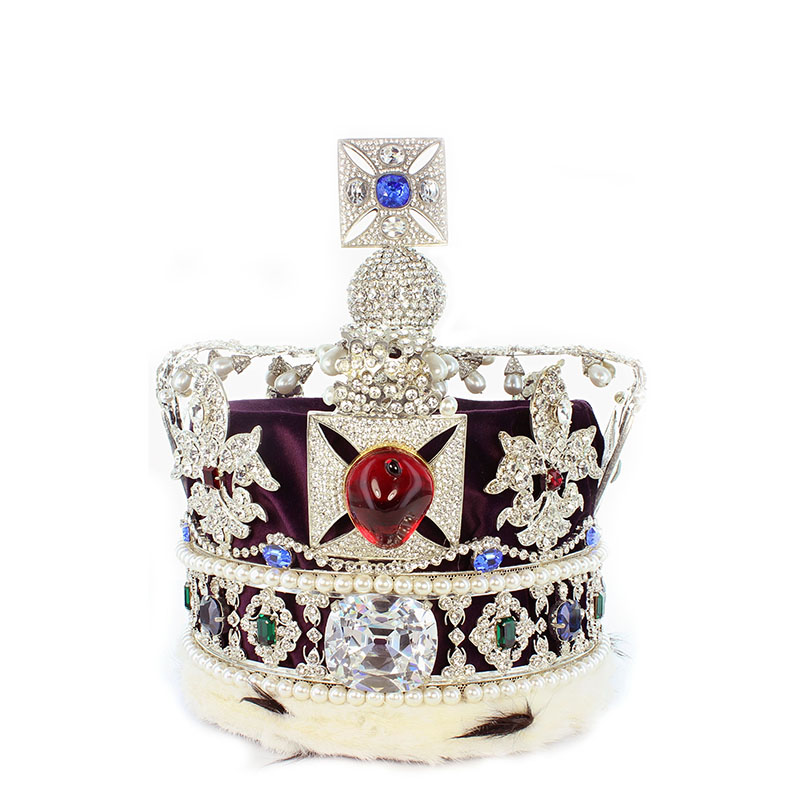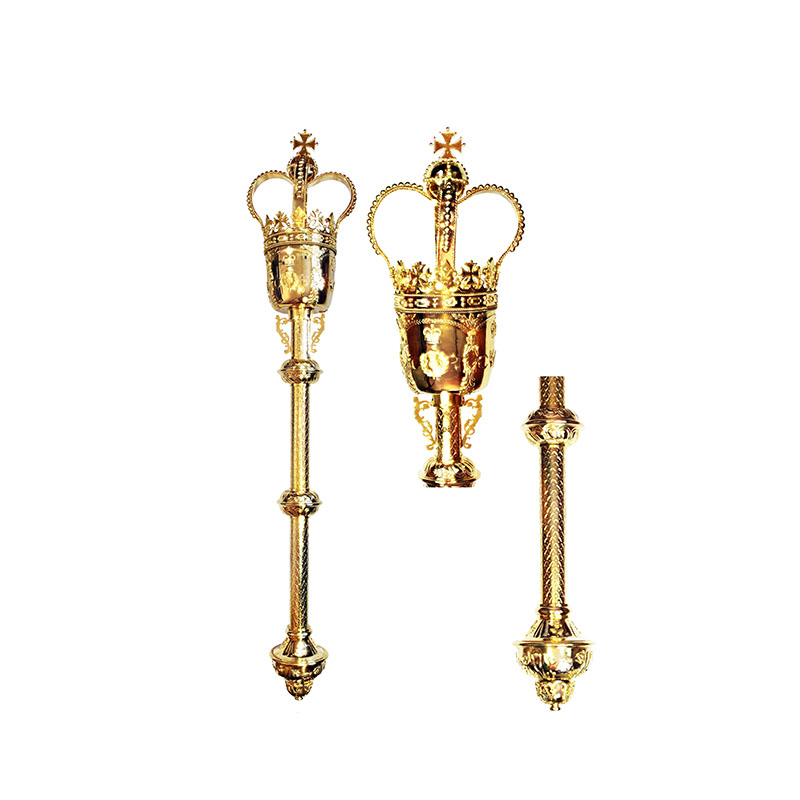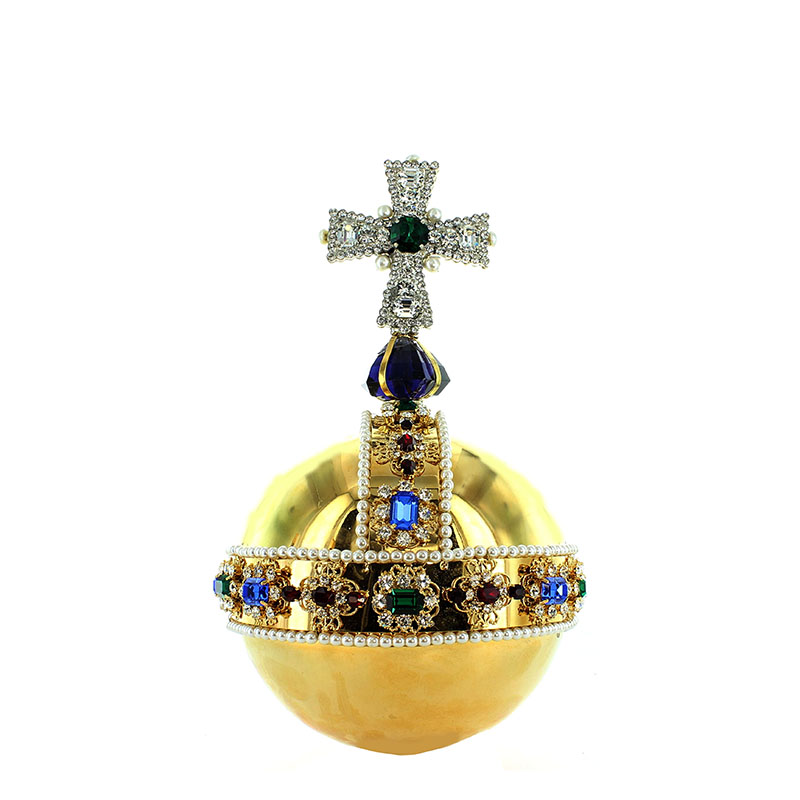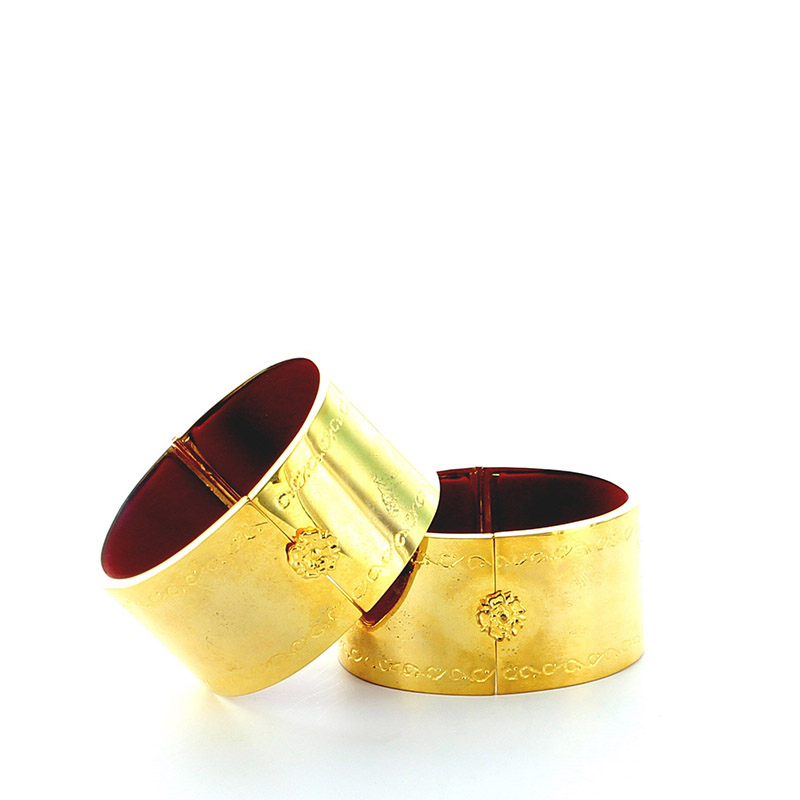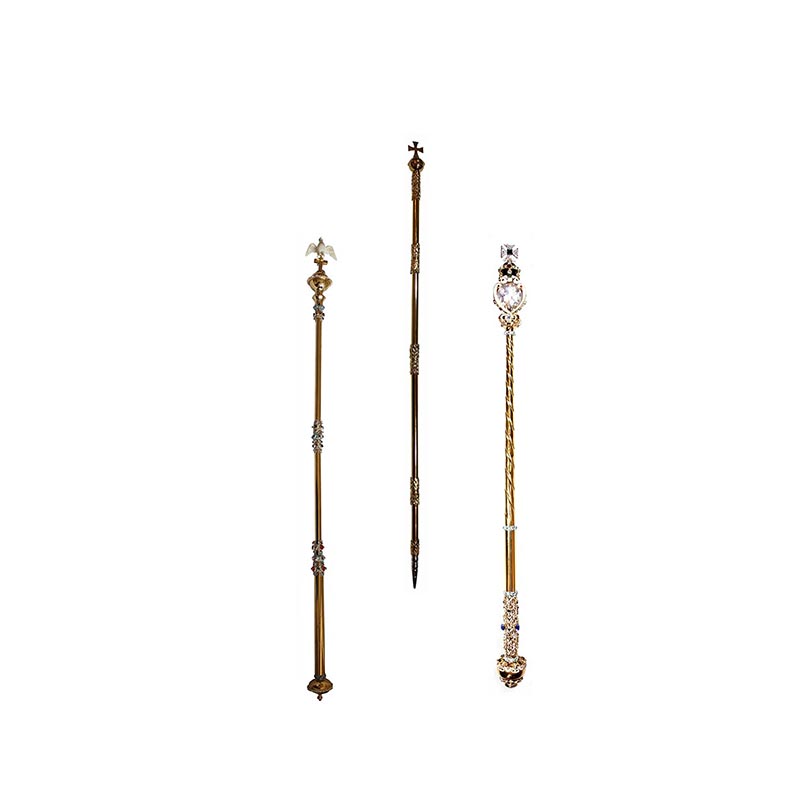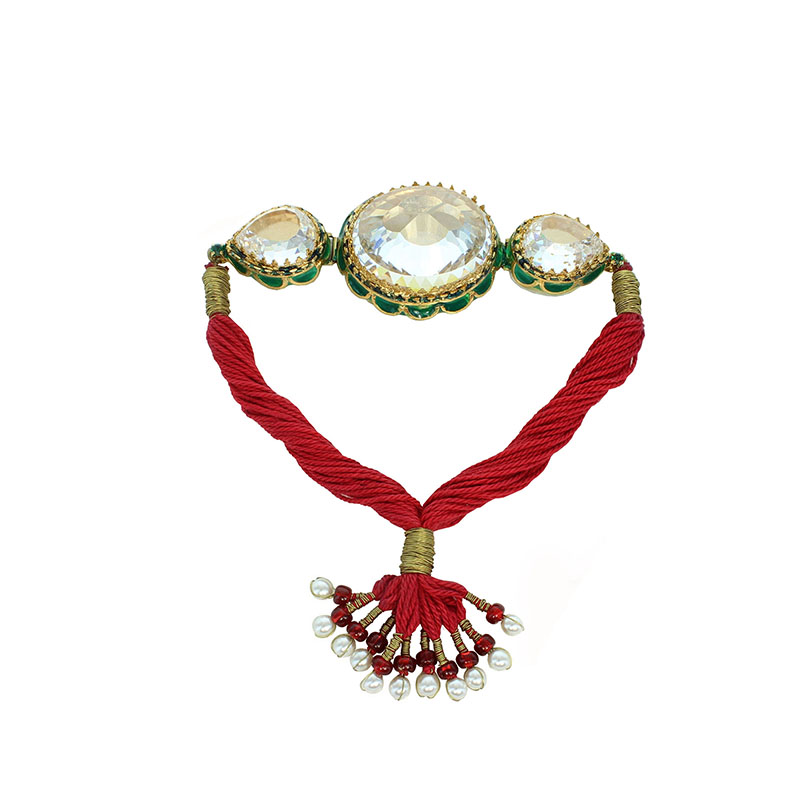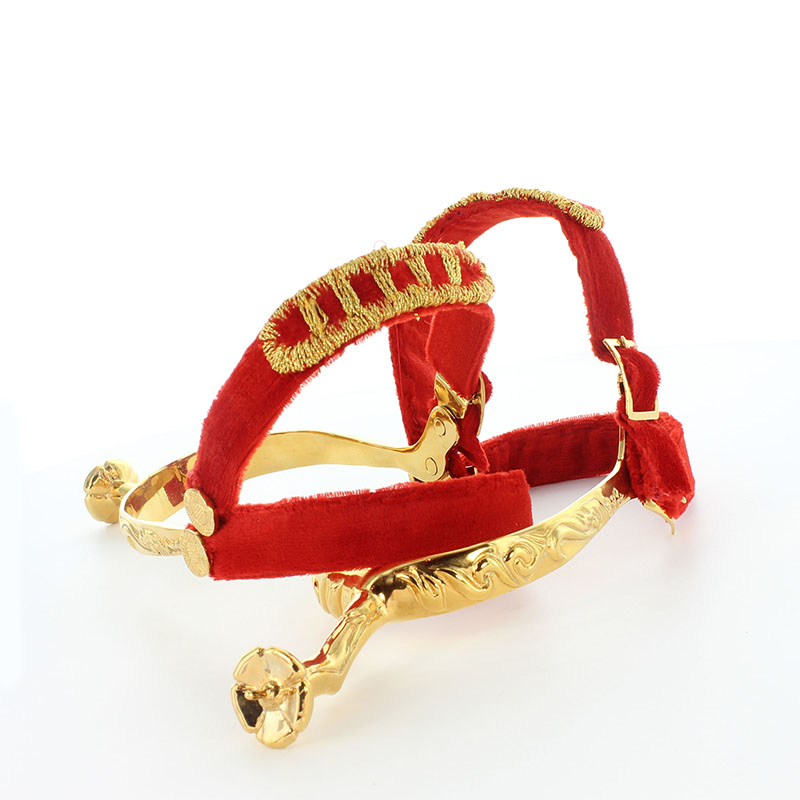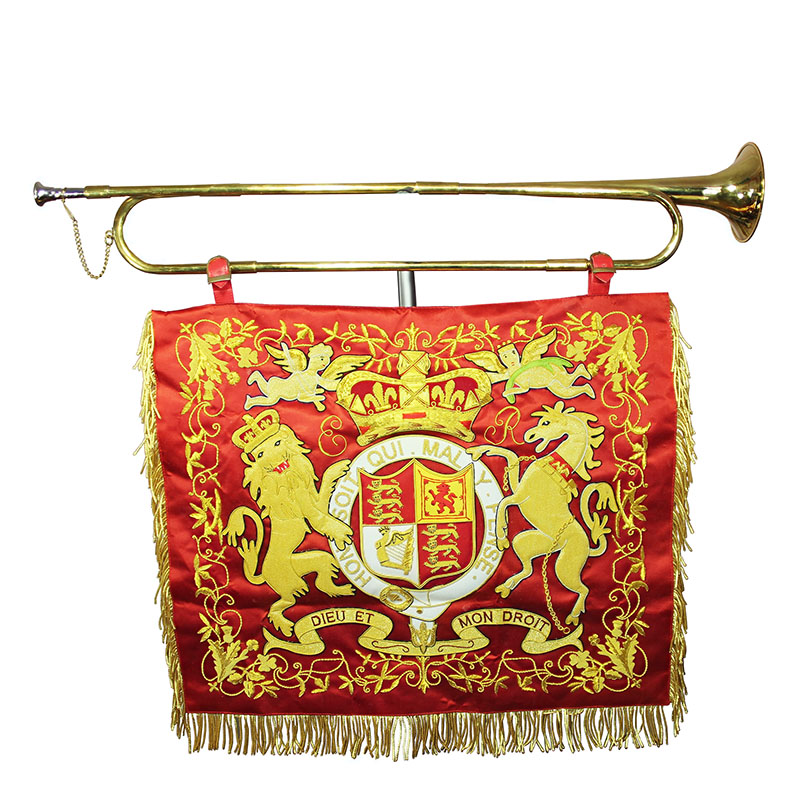British Crown Jewels
Hire the most complete set of Replica British Crown JewelsThey have been used by Kings and Queens since 1661 or earlier. The Crown Jewels are part of the National Heritage held by the Queen as sovereign.
The collection includes regalia and other crowns and diamonds which have been donated by other sovereigns, church and banqueting plates, orders and insignias, robes and a unique collection of medals. Edward the Confessor may have been the first monarch to assemble the regalia
Edward III was the last monarch to pawn the jewels in order to pay for his troops during an overseas campaign. In 1649, Oliver Cromwell, through his parliamentary trustees, ordered that the regalia be totally broken and melted down. Certain pieces were sold intact and later returned to the Crown
Detailed records of old regalia survived, and replacements were made for the coronation of Charles II in 1661
The Crown Jewels were housed in the Tower of London since 1303 following a theft from Westminster Abbey.
After the restoration of the jewels for Charles II, the regalia was kept in a locked cupboard in the Tower of London and shown to visitors by the unpaid custodian in return for a viewing fee.

